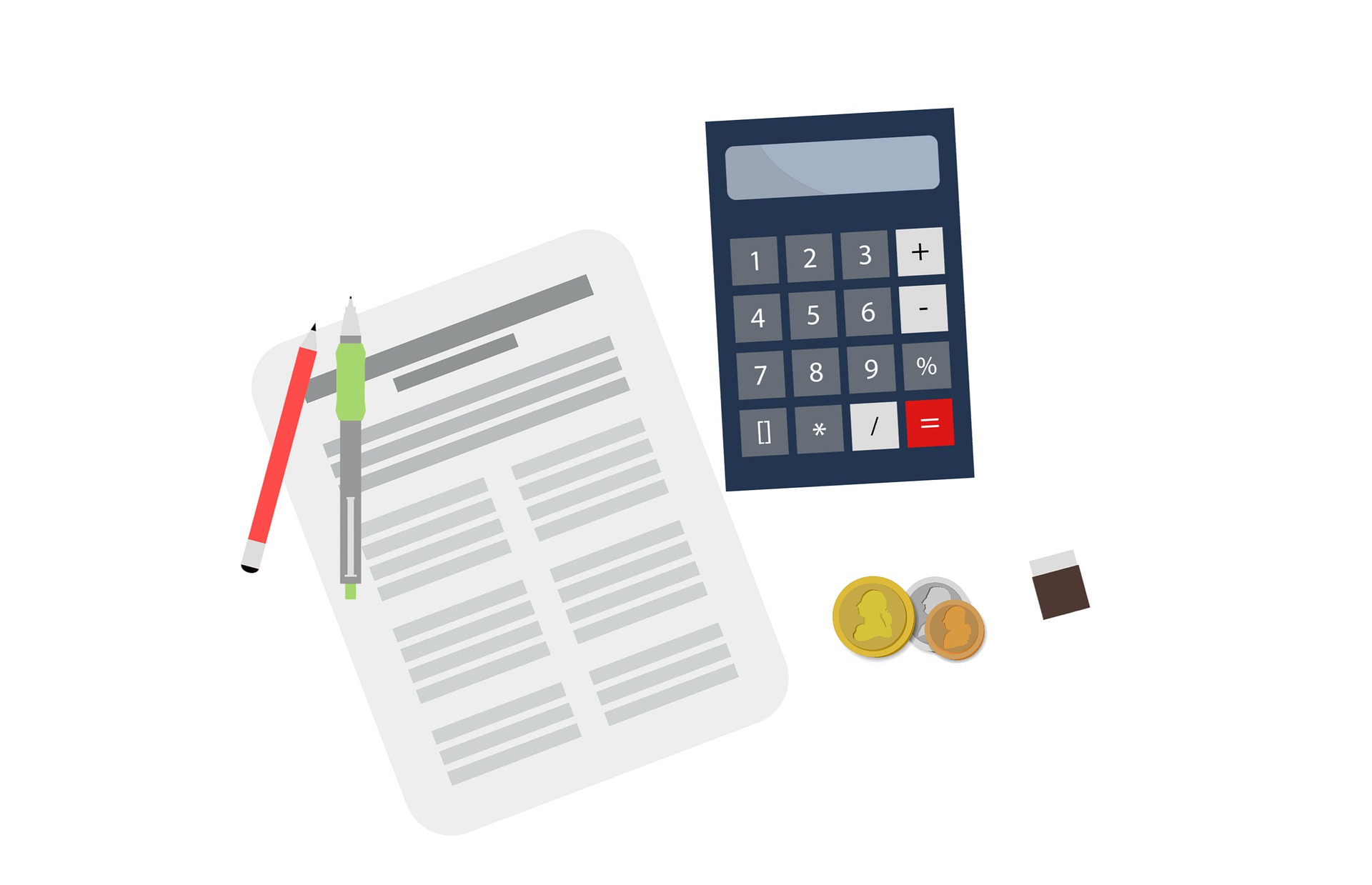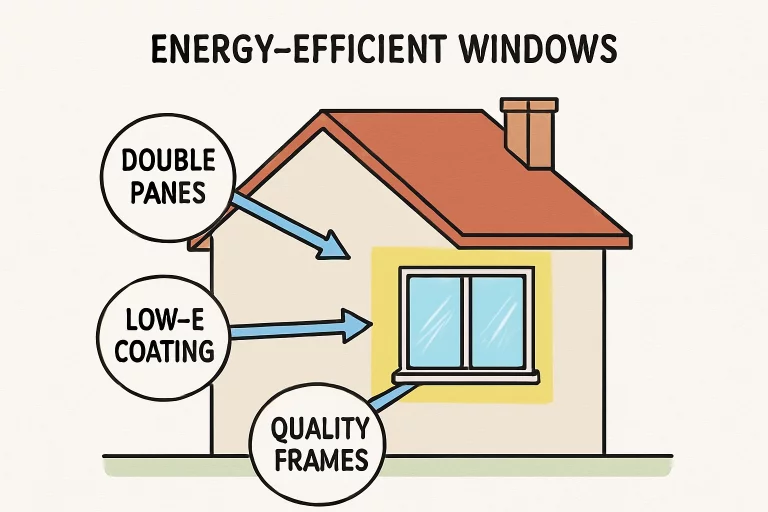Global warming. Loss of biodiversity. Unsustainable waste. Emission of greenhouse gas. And the list goes on and on. The environment has been facing these kinds of torments that many people don’t seem to care about.
In the face of adversaries, however, some people are doing their best to push back these problems while creating a better place for humans and nature. While the idea of having a green roof is becoming popular in recent years, this approach has been known even before this generation has come to appreciate it.
An increasing population is now interested in implementing this kind of roofing in many applications like sky rise buildings, village houses, stand-alone garages and even farm sheds. So, a lot of people want to know how they can make a green roof on a shed. But before we delve into the process, let’s first define green roof and shed.
What is a green roof?
A green roof is a roofing technique that involves a growing medium planted over a waterproofing membrane. Typically, the roof is fully or partially covered with vegetation or growing flora. In some cases, the vegetation is supported by an irrigation system and drainage to ensure continuous and consistent growth.
What is a shed?
A shed is a simple building used for storage, workshop and animal shelter. They are generally made of metal or wood with a simple roofing system.
Now, that we’ve defined these 2 important terms, let’s learn how to make a green roof on a shed.
10 Steps for Making a Green Roof
1. Check If Your Building is Sturdy
The first step to an amazing green roof is to make sure that your building is sturdy. Remember that a green roof needs to carry several layers to support the vegetation. Thus, it is imperative to check if the structure can carry all of that weight.
Aside from the roofing material, a green roof will need waterproofing, irrigation, gravel, soil and plants. You should also keep in mind how seasons come and go. For example, during the rainy season, rain may accumulate on the roof and add some more weight. So, your building should be strong enough to withstand these elements.
2. Check the Angle of Your Roof
The next step is to check the angle of your shed roof. A flat or pitched roof is usually preferred for green roofing. However, if your roof is angled, make sure that the angle is no more than 10°. In case the slope goes at 20° and over, you may need to create a frame grid on your roof to prevent the green roof from slipping.
3. Prepare Your Roof
If the shed had been built a couple of years back, it may be best to clean the roof from dirt, dust and debris. This is to make sure that the roof is free from anything that would cause rotting for your green roof.
If your shed is large, it may be best to seek the help of roof restoration providers to ensure that the entire roof is covered. They can also take care of roof repairs when necessary.
4. Waterproof Your Shed
After making sure that your roof is clean, it’s time to make your waterproofing membrane. While most sheds are built with bitumen felt, it may be best to install a good quality rubber pond liner. This helps ensure that the roots of your vegetation will not get through the roof, especially when your roof begins to accumulate the wear and tear of time.
5. Add a Protective Fleece Sheet
What is a protective fleece sheet?
This is a protective shield that prevents the pond liner from getting damaged. If you used a rubber pond liner for your waterproofing layer, it is highly recommended to add a protective fleece sheet for added support.
6. Build the Border Frame
Now that your waterproofing is ready, the next step is to ensure that substrate will remain in place. To do this, you have to build a border frame around the edges of your shed roof.
Remember to choose a lightweight metal. If you want to use wood, make sure that it is rot proof since it will be dealing with moisture.
Build the frame with a depth that can hold the thickness of the substrate which you will add later on. On average, the highly recommended depth of the substrate is 6-7 centimetres. So, a frame with about a 10-centimetre depth is advised.
7. Install an Irrigation System
The next thing that you should do is to make sure that your green roof will have a reliable water system to ensure that the plants will thrive and grow properly. While you can water your green roof manually, a better watering solution is an irrigation system.
The best thing about green roof irrigation is that it supplies water in areas where it is most needed. This way you can be sure that no water is wasted.
Your irrigation system should include a drainage system that will lead excess water through the gutter. A good green roof drainage system helps prevent vegetation rotting resulting from too much water, especially during rainy days.
8. Add a Pea Gravel Layer
Before adding your substrate, it is highly recommended to add a 1-centimetre layer of pea gravel. This helps enhance the draining system of your green roof without blockages.
9. Add the soil
The next step is to add a good layer of a substrate. As stated earlier, the highly recommended substrate thickness is 6-7 centimetres. If you choose to have a thicker layer of substrate, make sure that the depth of your roofing frame can hold it.
Remember to choose an extensive lightweight green roof soil that will not cause too much weight on the structure of your shed.
10. Create the Vegetation
Lastly, choose the right type of plants for your green roof such as herbs, wildflowers and grasses, succulents and lightweight hardy shrubs. These types of vegetation require low maintenance and can thrive even in drought.
And there you have it, 10 easy steps in creating an amazing eco-friendly green roof for your shed.
Learn more about green roofing with Brisbane Roof and Paint!








